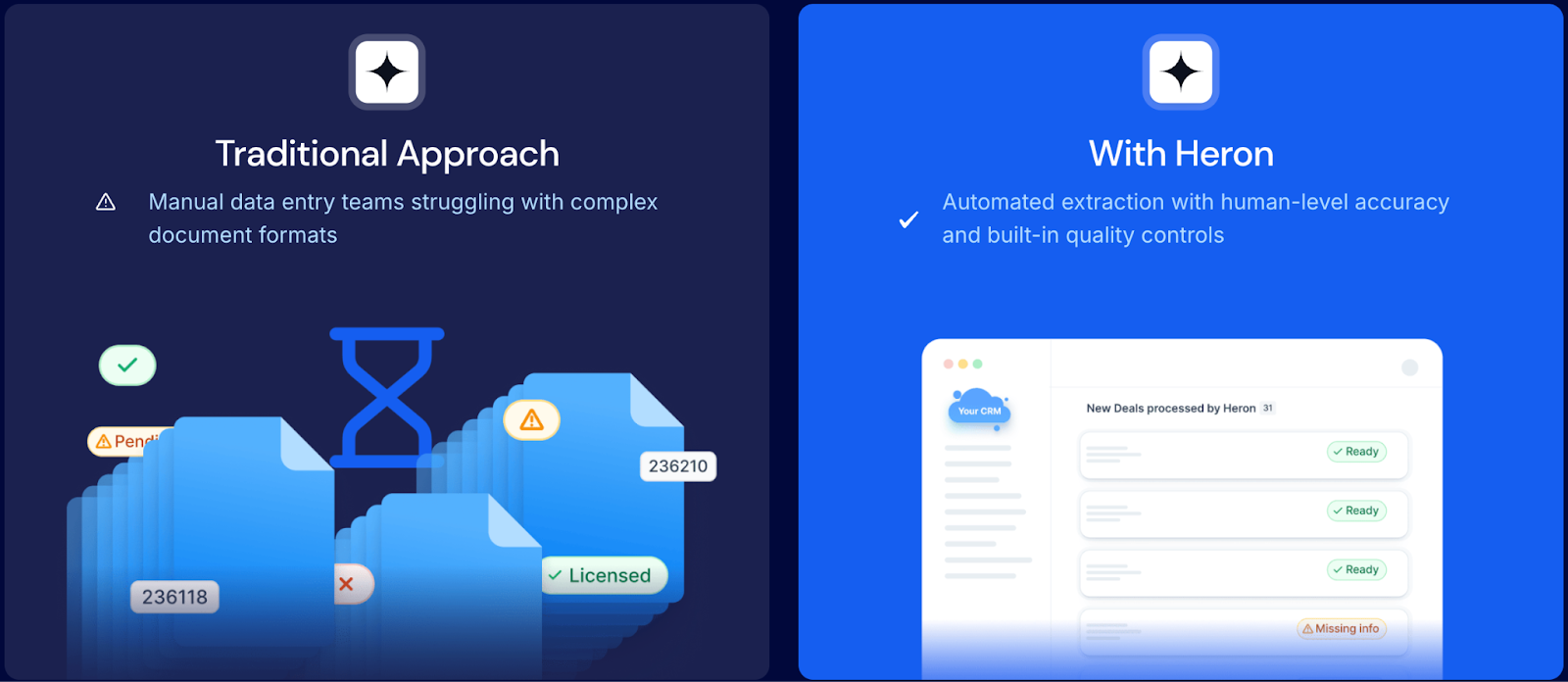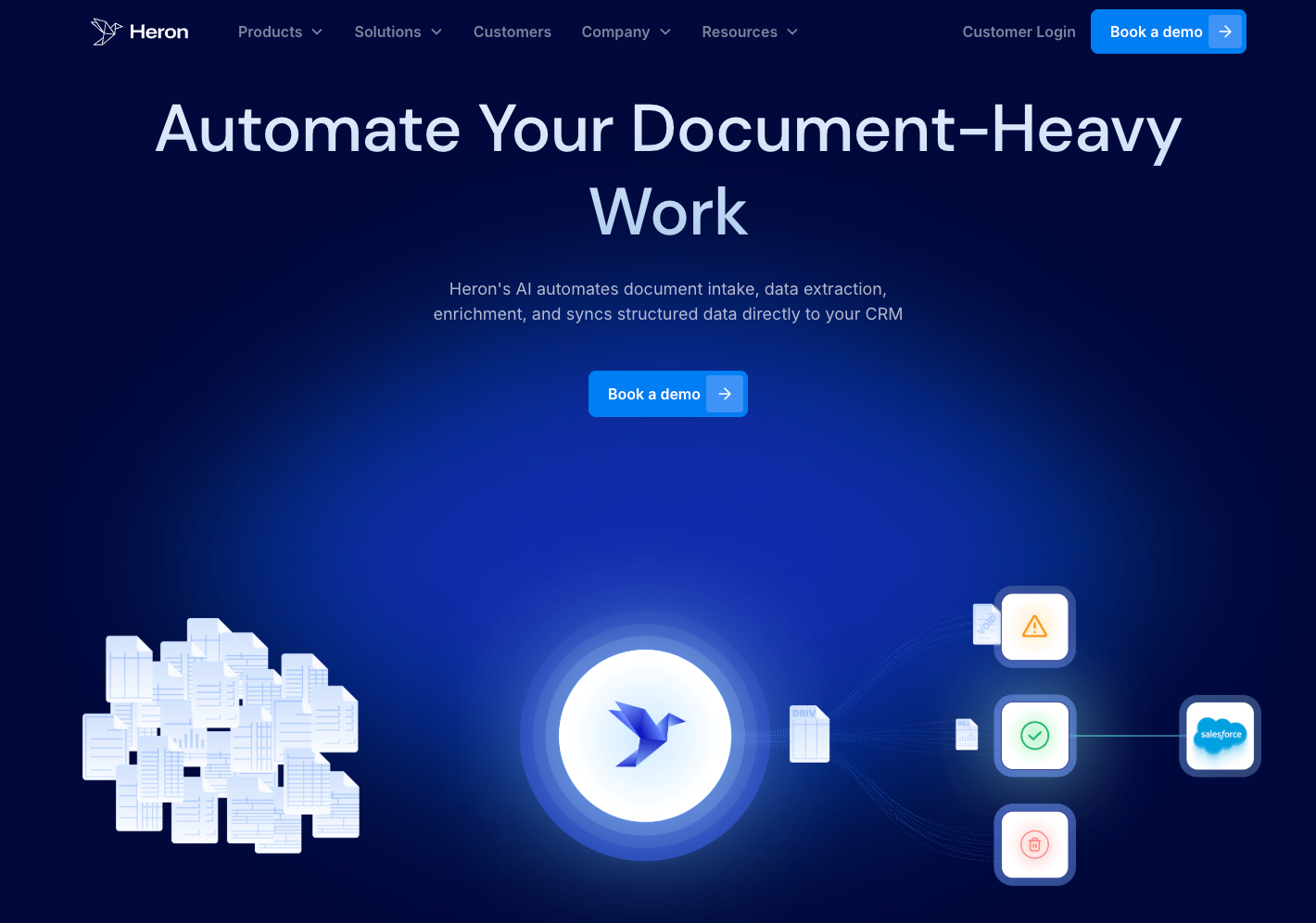Manual financial reporting takes too much time and effort. Finance teams often spend hours on data entry, account reconciliation, and preparing common reports, only to face delays and stress at the month-end close.
Spreadsheets quickly become overwhelming as data grows, leaving little room for analysis or strategic planning.
With automated tools, businesses can replace manual processes with faster, smarter systems that generate accurate reports and provide up-to-date insights.
In this article, we’ll look at six key benefits that show why financial statement automation is worth it for companies and funders that want efficiency, accuracy, and better decision-making.
What is Financial Statement Automation?
Financial statement automation is the use of software tools that handle the work of compiling, calculating, and presenting financial data without the need for heavy manual effort.
Instead of finance teams spending hours pulling numbers from different systems, the technology connects directly to accounting platforms, ERP systems, and financial databases.
This allows it to gather information, analyze data, and generate reports that reflect the company's financial health in real time.
Key features of financial statement automation include:
- Integration with multiple sources: Connects with accounting platforms, ERP systems, CRMs, and databases across multiple locations for a complete view of financial data.
- Automated task handling: Takes care of repetitive steps such as data consolidation, validation, and generating reports.
- Built-in checks: Adds automated controls to support ensuring data accuracy and consistency throughout financial reporting processes.
- Faster submissions: Automates financial statement scrubbing so brokers and funders can move applications from inbox to decision in minutes.
- Quicker closes: Helps finance teams speed up monthly and quarterly closes by providing automated financial reporting.
- Real-time insights: Creates updated balance sheets, income statements, and cash flow statements that reflect current performance.
- Stronger analysis: Supports finance teams in analyzing data, spotting trends, and making informed decisions based on accurate and timely information.
With the power of AI, financial automation is moving to a new level. AI in document processing allows systems to read invoices, contracts, and other records with high speed and accuracy.
6 Benefits of Automating Financial Statement Reporting
Financial reporting automation uses technology to handle the process of compiling, checking, and presenting financial data. Let's look at its main benefits:
1. Less Time On Reports, More Time For Real Work
Finance teams spend a large amount of time on manual work. DigitalDefynd shows they use 25–40% of their week on reconciliation tasks, and some spend up to 50 hours each month just managing cash accounts.
Much of this time is tied up in manual data entry, moving numbers across spreadsheets, and preparing financial documents for reporting. This slows down financial statement analysis and keeps teams from focusing on bigger goals for the business.
Automated financial reporting software changes how this work gets done.
When companies implement a financial reporting automation tool, it connects directly to accounting systems and gathers data across multiple sources. This makes it possible to generate timely reports in minutes rather than days.
Finance teams can dedicate more of their time to analyzing data, understanding the company’s financial health, and delivering insights that guide decisions. Automation gives them the space to focus on higher-value tasks that move the business forward.
For brokers and funders, this means moving from retyping data into CRMs to focusing on matching and closing deals.
2. Smarter Reporting With Fewer Errors
The same report from Digitaldefynd shows that 90% of spreadsheets contain errors. This means every time finance teams rely on manual data entry or update formulas, there is a risk of mistakes slipping into sensitive financial data.
Even small errors can cause problems when leaders depend on reports and other sensitive financial data to make key decisions.
Financial statement automation changes this by building accuracy into the process. Automated financial reporting tools connect directly with accounting systems and run data validation checks as information flows in.
These automated financial reporting processes reduce the need for human input and cut down on the risk of human error.
With automation in place, finance teams can feel confident that the numbers in their reports are correct and consistent.
3. Faster Approvals and Workflow
Many brokers still handle funder decisions manually. A single submission often brings 5–10 offers, and each one requires opening emails, copying approval or decline details, pasting them into a CRM, checking for errors, saving changes, and then notifying the team.
With 50 or more decisions each day, this process can take 2–5 minutes per decision and often requires two full-time employees just for manual tasks like data entry.
Financial automation makes this process far smoother. Automated workflows move approval data through the right steps without manual copying or re-entry.
Data integration and data consolidation connect information across existing systems, keeping everything updated in real time.
Financial automation can automate funder decisions so finance teams no longer spend hours on repetitive work.
This speeds up approvals and leaves more time for strategic decision-making that supports long-term growth.

4. Scalability and Handling Complexity
AI helps teams grow capacity without constantly adding staff. For brokers, funders, and insurers, rising submission volume often means hours of manual work, such as scrubbing bank statements, copying funder decisions, and preparing intake packages.
As volume grows, errors pile up and opportunities are missed.
Heron is an example of how automation solves this. With Heron's AI, submission documents are instantly turned into clean, structured data and sent straight to the CRM.
This lets businesses manage rising submission volume with ease, handling 2x the workload without increasing headcount.
Pathpoint, a digital insurance wholesaler, partnered with Heron to remove the heavy manual work from its inspection report process.
With Heron, key details were automatically pulled from reports, compared with the original application, and then pushed directly into Salesforce.
This shift cut out 100 hours of manual review every week, allowed Pathpoint to handle 4x more intake volume without hiring extra staff, and improved accuracy across underwriting checks.
5. Cost Reduction
For decades, companies have spent heavily on data entry and processing. In the 1990s, many turned to BPOs (business process outsourcing), sending this work offshore to cut costs. Others kept it in-house, though it required large teams.
Even today, onshore data entry is valued at about $4 billion, and outsourced data processing brings in $3–5 billion annually.
These numbers show how much businesses still spend on manual work that adds little strategic value and how much automation can cut from these costs.
When companies implement financial reporting automation, they move away from labor-heavy data entry and shift toward automated processes that can generate management reports in seconds.
This reduces operational costs while giving finance teams more time for strategic financial planning.
The future is moving beyond simple outsourcing. AI agents can now take on structured, knowledge-based tasks that once required human effort.
6. Enhanced Compliance and Transparency
Compliance and transparency are top priorities for finance teams, especially when dealing with regulatory requirements and sensitive financial processes.
Manual reviews can make it difficult to track every detail, leading to gaps in regulatory compliance and delays in reporting.
Financial automation software helps by creating clear audit trails, enforcing rules consistently, and making sure accurate data is available across all expense reports, management reports, and other records. This improves financial performance by keeping key financial metrics reliable and accessible.
Heron takes this a step further with Heron Checks, a tool built to automatically validate every submission against your business rules and compliance criteria.
Submissions are reviewed in real time, flagged for missing documents, policy violations, or incorrect data, and only clean cases flow to underwriting.
For example, rules can be configured to reject deals above a set loan amount or flag applications from restricted states or industries.
This removes the need for manual exception handling while keeping financial processes consistent and compliant.
With automated checks in place, teams get fast, accurate data they can trust, while staying aligned with all regulatory requirements.
Get Your Team Out of Manual Data Entry with Heron

Heron is built for funders, MCA brokers, and insurers who process high volumes of submissions every day and need faster, more accurate workflows.
The platform turns messy submissions, funder decision emails, bank statements, and more into structured, reliable data directly into your CRM in seconds.
Our automation tool handles document intake, validation, and structured data entry, so your team never has to waste time opening PDFs or retyping information.
Heron also plugs into the systems you already use, with integration capabilities that connect directly to your CRM, PAS, or LMS. This means your operators can continue working in their existing environment without switching screens or learning a new platform.
By automating submission intake and document validation, Heron gives underwriters decision-ready data without the need to open a single PDF.
Every record comes with a full audit trail so your team can move faster while still keeping compliance top of mind.
FAQs About Financial Statement Automation
How to automate a financial report?
You can automate a financial report by setting up templates in Excel or Google Sheets with formulas, pivot tables, and macros that update data automatically.
Is there an AI for financial statements?
Yes, there are AI tools for financial statements. Some are built to handle report generation, detect fraudulent documents, and automate document intake.
They can also offer support for finance teams by providing accurate data for internal and external stakeholders. Many tools also feature strong data encryption to keep sensitive information secure.
Can MS Excel be used to automate financial statements?
MS Excel can be used to automate financial statements by linking raw data to formulas and dashboards. With the right setup, it can refresh reports as soon as new data is entered.
Can ChatGPT read financial statements?
ChatGPT can read financial statements if you upload or paste the data. It can explain figures, highlight key insights, and answer questions about trends, though it doesn’t replace a professional accountant’s review.

%20(1).png)
